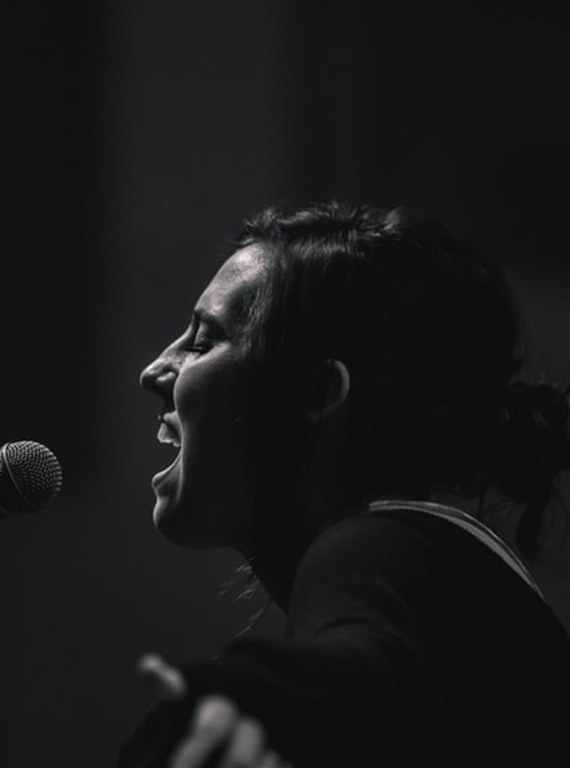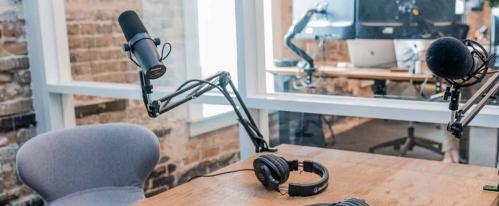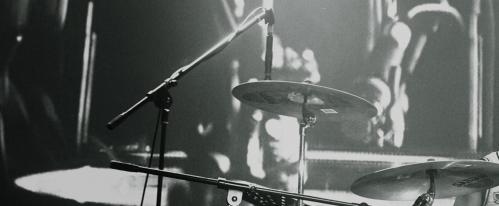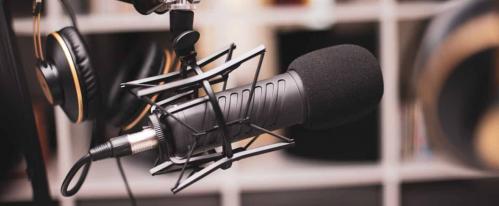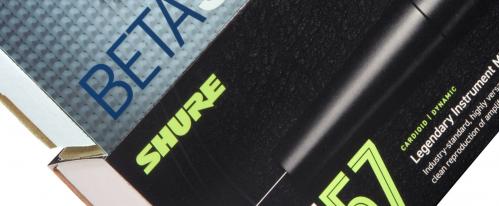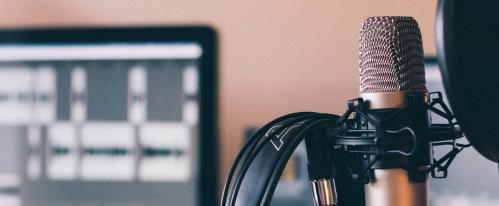When you’re deciding between the Shure Sm58 vs Beta 58A vs Beta 87A read our handy guide first so you can get the correct microphone the first time around!
If you’re looking for the differences between the Shure Sm58 vs Beta 58A vs Beta 87A, we’ve got you covered here as we pit each mic against each other and show you the differences, benefits and performance qualities within each microphone.
So, what are the differences between the Shure SM58, the Shure Beta 58A and the Shure Beta 87A? Watch the video below first to get a deeper understanding of the sonic differences courtesy of Sam and Meg:
Construction
Before we talk about the sonic qualities and sound differences between the Shure Sm58, Beta 58A and Beta 87A, we need to talk about the construction.
Overall, Shure mics are renowned for being super tough, able to withstand decades of touring and (ab)use. Chances are any gig, open mic night or public speaking event you attend will utilise a Shure Sm58, Beta 58A or Beta 87A as they’re so reliable and ruggedly designed.
The Shure Beta 58 has the same dimensions and overall weight as the regular Shure SM58, whereas the 87A is a little bit bigger and lighter with a thinner handle – which might be more appealing for singers and speakers who hold the mic for long periods of time.
In terms of visual aesthetics and design, the Beta mics are easily identifiable because of blue band around the grill. This is not merely a cosmetic design but a piece of engineering genius. The band is made of rubber which adds friction – perfect when you put it down on a flat surface as it’s less likely to roll off and damage the microphone. A small but very important feature that was added, we can only assume, due to the requests of singers everywhere!
The SM85 is extremely sturdy and the grill can certainly take a hammering, but for added security the Beta mics have hardened steel grills making them more difficult to dent.
Performance and Sound
There are a few key differences between the Shure Sm58, the Shure Beta 58A and the Shure Beta 87A which make all the difference. The SM58 & Beta 58A are both Dynamic microphones, whereas the Beta 87A is a Condenser microphone.
All of these mics are unidirectional, designed for vocals and can be used in a studio but they are usually preferred in a live environment.
Now whereas the SM58 has a traditional Cardioid polar pickup pattern, both of the Shure Beta mics are super cardioids, which means they offer a narrower pickup pattern with excellent sound rejection from the sides. This is why they’re better at isolating vocals and less susceptible to feedback on a busy stage. Which is therefore why singers prefer them – there’s hardly any bleed from other instruments.
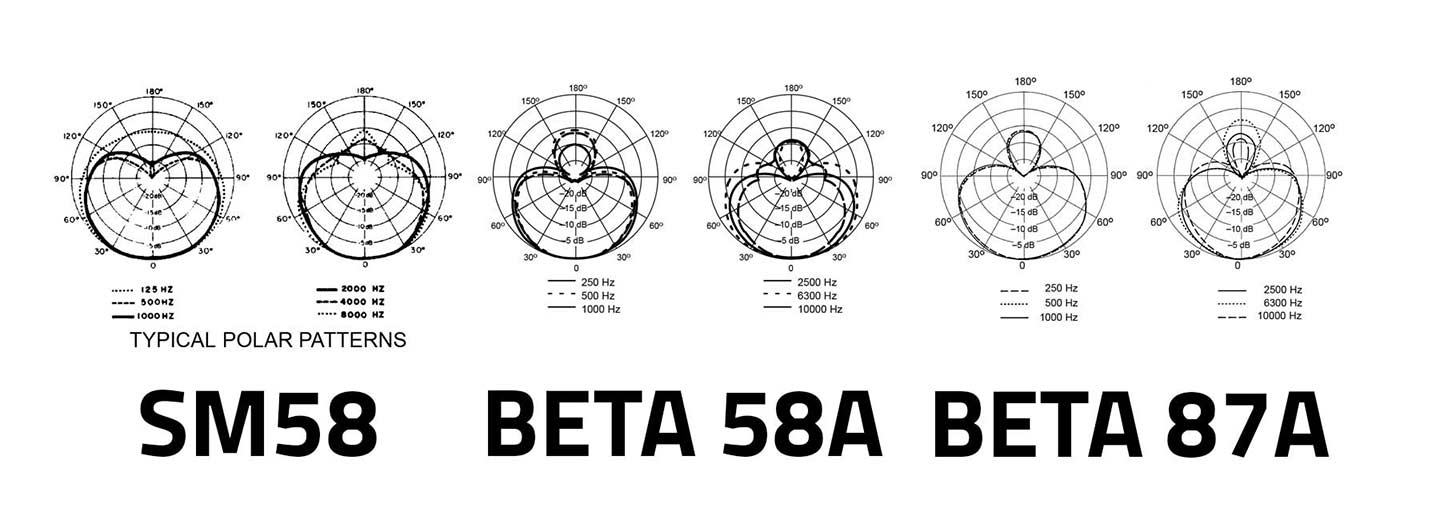
Extended Frequency Response
The two Beta’s also offer extended frequency response ranges which will make a difference based on what type of singer you are. An Sm58 has a frequency response of 50hz to 15Khz, but with the Beta 58 the high end response goes up to 16Khz whereas the 87A, being a more sensitive condenser mic, responds right up to 20kHz. Of course, it will depend on the tonal characteristics of your voice, as to how much you’ll benefit from that extended range, but it’s definitely worth A/B testing between them to see which one suits your voice best.

Volume Differences
One thing that you’ll definitely notice is the difference in output volume between the Shure SM58 and Shure Beta 58. The Shure Beta58 is constructed with a Neodymium magnet resulting in greater sensitivity and more output volume – in fact it’s 4db hotter than the SM58 with higher signal to noise ratio. Overall this increased sensitivity and an extended frequency range generally offers a cleaner, more detailed reproduction of your voice. This is one of the main reasons solo vocalists choose this mic.
The Beta 58 also offers reduced handling noise thanks to its advanced internal pneumatic shock mounting design, minimising vibrations when you’re holding it. This again makes it more suitable to singers who hold the mic.
What’s The Major Difference That Sets The Beta 87A Apart
The Beta 87A though is a completely different microphone altogether. As mentioned earlier, it’s a condenser mic so it’s easily the most detailed sounding mic of the 3, with its super smooth frequency response and wide dynamic range.
But the fact it’s a condenser mic, does however mean that it’s also going to be a bit more fragile than the dynamic 58s. So, it won’t be as hard wearing! The increased sensitivity and wide frequency response means it’ll be a bit more prone to feedback on loud stages, so it’s probably not the best choice if you’re in a metal band. Obviously, as it’s a condenser it will need +48 Phantom power. We’d recommend this for singers, public speakers where articulation is key and solo vocalists in perhaps a choir or where the band is quite far away.
So what application is each microphone best suited to?
Shure SM58 Dynamic Microphone
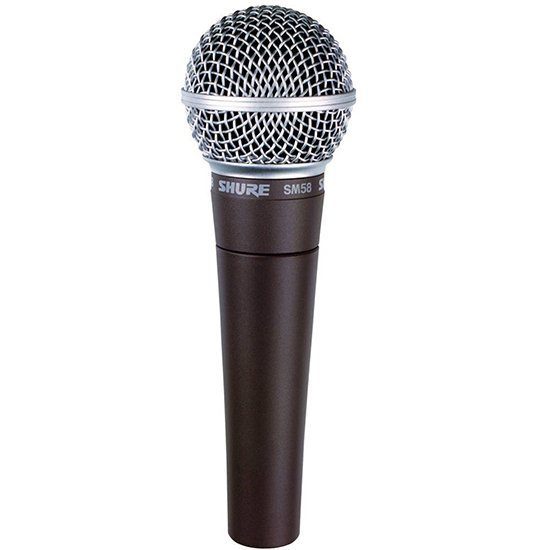
The Shure SM58 is an industry standard microphone which, thankfully, doesn’t cost the earth. It’s specifically tailored to target the main sound source (your vocals) whilst minimising the background noise. If you need your own vocal mic for live sound, this is where you should start.
Key Features:
- Cardioid (unidirectional) dynamic
- Frequency response: 50 to 15,000 Hz
- Built in spherical wind and pop filter
- Rugged durability
- Pneumatic shock mount system
- Frequency response tailored for vocals, with brightened midrange and bass rolloff
Best for:
- All styles of Vocals
- Bands
- Public speaking
Shure Beta 58A Dynamic Microphone
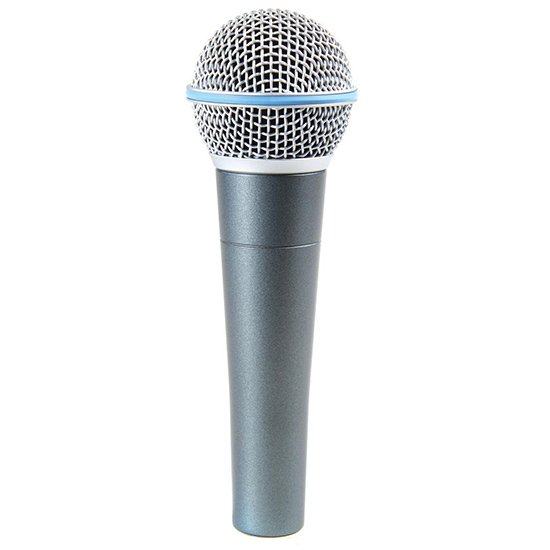
The Shure Beta 58A is the next logical upgrade for vocalists who want to be able to sue the same microphone for live and studio recordings. You can achieve higher levels of gain before feedback occurs, so it’s great for the really powerful singers out there, and it’s been designed to provide greater isolation from surrounding sound sources.
Key features:
- Supercardioid dynamic vocal microphone
- Neodymium magnet for high signal–to–noise output
- Hardened grill
- Advanced pneumatic shock mount system to stop mechanical noise and vibration
- Frequency response: 50 to 16,000 Hz
Best for:
- Lead vocals
- Louder vocals
- Backup vocals
- Speech
- Studio and live recording
Shure Beta 87A Supercardioid Condenser Microphone
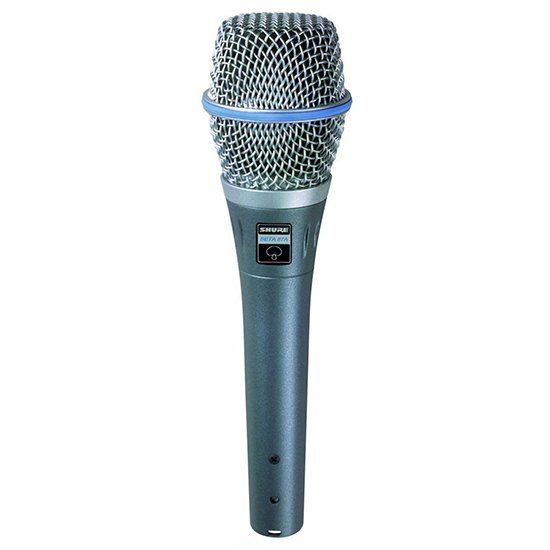
The Shure Beta 87A is a Supercardioid Condenser Microphone designed for hand held application. This is more suited to professional vocalists who need superior vocal representation, field recording and reporting as well as broadcasting applications. This provides maximum isolation, so it's ideal for those who don’t want any bleed from other instruments or background noises in the field.
Key features:
- Supercardioid Condenser Microphone
- Frequency Response: 50 to 20,000 Hz
- Superior gain-before-feedback
- Electronic low-frequency roll-off compensates for proximity effect
- Reduced susceptibility to RFI and electromagnetic hum
- Advanced shock mount system
- Built in pop filter
Best for:
- Field recording
- Vocalists
- Broadcasting
- Reporting
- Podcasting
Shop a full range of Shure microphones over at PMT Online today or call in to your local PMT Store to speak to our audio and studio recording experts about your needs.

